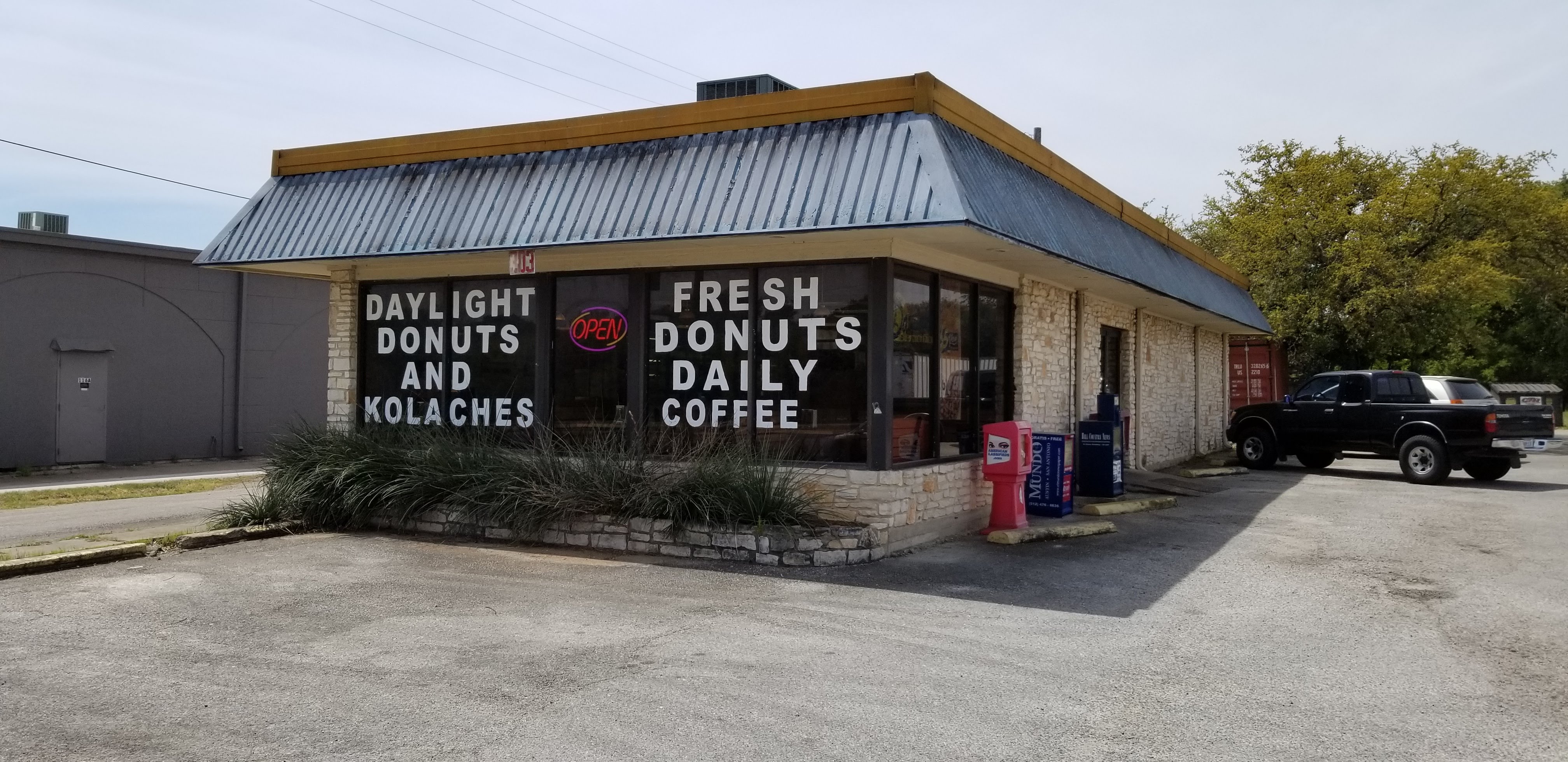Cap rate (or capitalization rate) is a common measurement to purchase investment properties. It is defined as net operating income NOI) divided by property value. So, if a property has NOI of $100,000 and a value (or sales price) of $1,000,000, then the cap rate would be 10%. Cap rates will vary throughout the country based on market demand, type of property, location within a city, and condition. For the Austin, Texas area, cap rates for apartment buildings are mostly in the 7% to 9% range. Class A apartment buildings tend to have lower cap rates and class B and C properties tend to have correspondingly higher cap rates. A higher cap rate often reflect the higher risk of the property, but cash flow is often higher too. This seems to be the trend in not just Austin, but many other cities across the country.
The investment measure of cap rate is often misunderstood. Cap rate does not include loan payment, loan balance, interest rate, or any loan terms for that matter. So what this means is, if an investor is over leveraged on a property (upside down on rents versus mortgage payment), they could still have a good cap rate but be in serious debt each month! So, cap rate is one measure to evaluate an investment property but certainly not the only one. ROI and cash flow are additional parameters. They both take into account debt service and are a critical part of the due diligence on a property. Stay tuned for detailed ROI and cash flow discussions.


